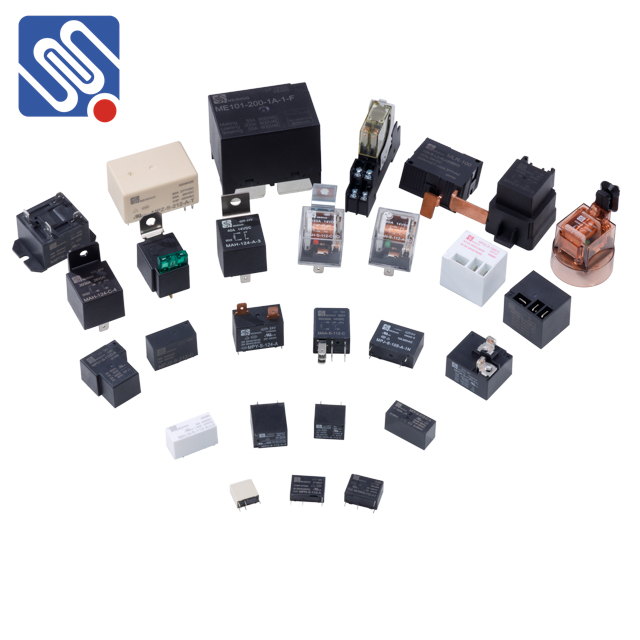Relays are fundamental components in electrical and electronic systems. They act as electrically controlled switches that allow a low-power signal to control high-power circuits, offering both safety and convenience. With various relay types available, each designed for specific tasks, understanding the differences is crucial for selecting the right one for a given application. In this article, we will explore several common relay types, their characteristics, and the practical applications of each.

1. Electromagnetic Relay The electromagnetic relay is the most traditional and widely used type. It consists of a coil, an armature, a spring, and one or more contacts. When current flows through the coil, it generates a magnetic field that moves the armature, causing the contacts to either close or open. Key Characteristics: Simple Design: Electromagnetic relays have a simple mechanism involving mechanical movement. Fast Response: The time taken to switch the contacts is usually very short. Widely Used: This relay type is used in a variety of control systems, from household appliances to industrial automation.